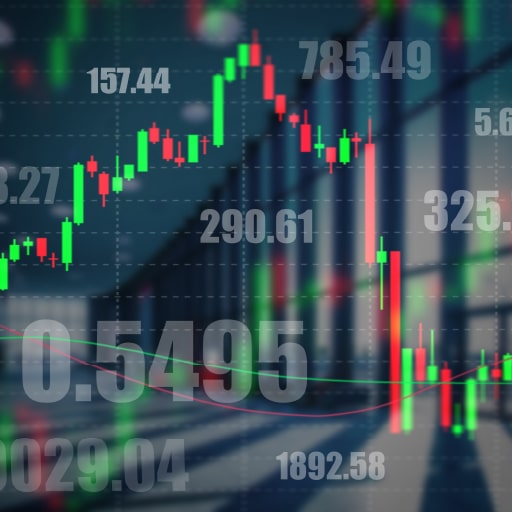
Rates were held steady at near zero once again in July by the FOMC voting body, and there is no sign of this stance changing. In fact, Chairman Powell recently said he is “not even thinking about” raising interest rates at this time. The acceleration of coronavirus cases worldwide is the main driver of what Powell said is an “extraordinarily uncertain” path forward for the American economy. But with so much uncertainty surrounding the nature of this recession, what clues has the Fed left us about when to expect further interest rate movements?
Inflation could drive interest rate hikes.
Minutes from the June FOMC meeting indicate that Fed central bankers are concerned about inflation. Even before the crisis, inflation was struggling to achieve the 2% target, despite some of the lowest unemployment numbers in history and very low interest rates. Now, with a sharp recession caused by a global pandemic, there is good reason to believe that inflation could remain far below the Fed’s 2% target for a while.
To combat this, Fed officials discussed “outcome-based forward guidance” which would tie potential interest rate movements to macroeconomic indicators. Some targets that were discussed include sustained inflation above 2% and unemployment below 5%.
In addition to setting a clear benchmark for rate hike expectations, this also shows that the Fed is willing to tolerate ultra-low interest rates for years. There is more evidence of this in their fed funds rate projections.
Direct Yield Curve Control and Negative Rates Still Unlikely
Another topic of concern for The Fed has been yield curve control, or yield caps / targets [YCT]. This is a policy where the Fed targets rates across the yield curve and buys or sells securities to keep rates within those ranges. Japan has been doing this for years, and recently, Australia used this strategy to lower government bond rates and private credit rates.
A strategy like this could give policy makers a more direct form of intervention into credit markets and interest rates. However, this may require a sizable purchase of long-term government securities by the Fed, increasing the size of a historically large balance sheet. This is a relatively new monetary policy technique, so it is most likely a back-up plan. Currently, it seems The Fed is already comfortable with using forward guidance as their tool to influence future rates.
Another possible, but unlikely monetary policy tool is negative interest rates. The Fed has once again reiterated that, although negative rates are possible, it is “not an attractive policy tool.” Investors also do not see negative rates as likely. There is a general worry that once negative rates are prevalent in the market, they may be very difficult to overcome.
Troubling Recovery Data
The recent surge in coronavirus cases in the U.S. is creating uncertainty around the stability of the current economic recovery. GDP has decreased by a record 32.9% in the second quarter. Policy makers could create additional obstacles for the recovery as they try to balance public safety with economic growth. Already, Atlanta Fed President Raphael Bostic is worried that the economic activity is “leveling off.”Goldman Sachs echoed similar worries in their GDP growth forecast, lowering their third quarter and annual growth projections for 2020. They also project that a federal face mask mandate could prevent the U.S. from experiencing a 5% drop in GDP that would come from excess lockdowns. It seems unlikely that the economy will be anywhere close to normal until there is an effective vaccine, so until then interest rates are expected to remain low.
Don’t miss our interest rate and Federal Reserve updates.
To ensure you stay current on major economic and interest rate developments, follow ADM on Twitter, Facebook and LinkedIn. We provide periodic breakdowns of FOMC meetings, including expectations and reactions, so you can stay informed. In addition, if you want to be sure your cash is 100% protected in these uncertain times, give us a call. Marketplace Banking™ by ADM ensures you get access to extended safety and nationally competitive returns for your business deposits.
*American Deposit Management Co. is not an FDIC/NCUA-insured institution. FDIC/NCUA deposit coverage only protects against the failure of an FDIC/NCUA-insured depository institution.
